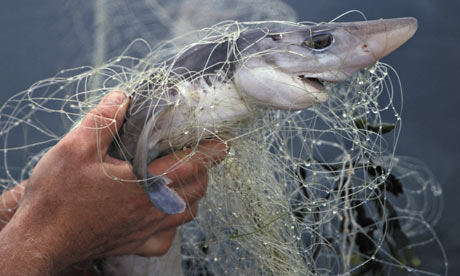 Researchers are concerned that the Southern Ocean could become
Researchers are concerned that the Southern Ocean could becometoo acidic by 2030 (Source: iStockphoto)
From ABC News (Australia):
Australian researchers have discovered that the tipping point for ocean acidification caused by human-induced CO2 emissions is much closer than first thought.
Scientists from the University of New South Wales (UNSW) and CSIRO looked at seasonal changes in pH and the concentration of an important chemical compound, carbonate, in the Southern Ocean.
The results, published in today's Proceedings of the National Academy of Science, show that these seasonal changes will actually amplify the effects of human carbon dioxide emissions on ocean acidity, speeding up the process of ocean acidification by 30 years.
Dr Ben McNeil, senior research fellow at the UNSW's Climate Change Research Centre, says the ocean is an enormous sink for CO2, but unfortunately this comes at a cost.
Read more ....















































